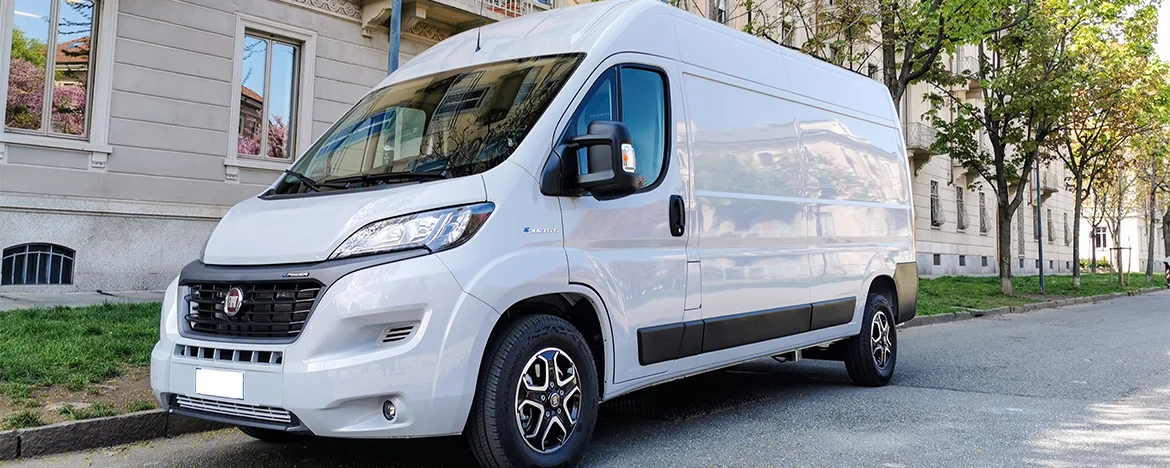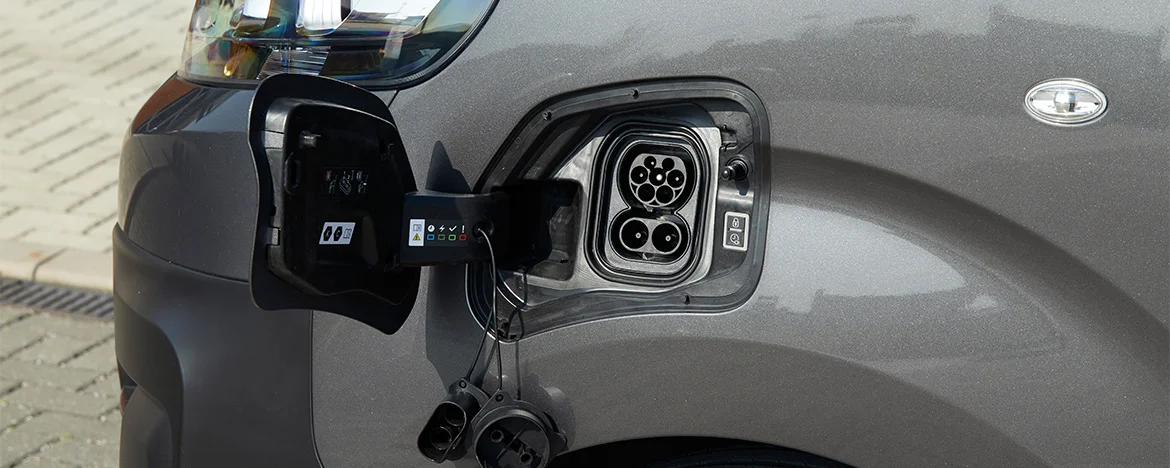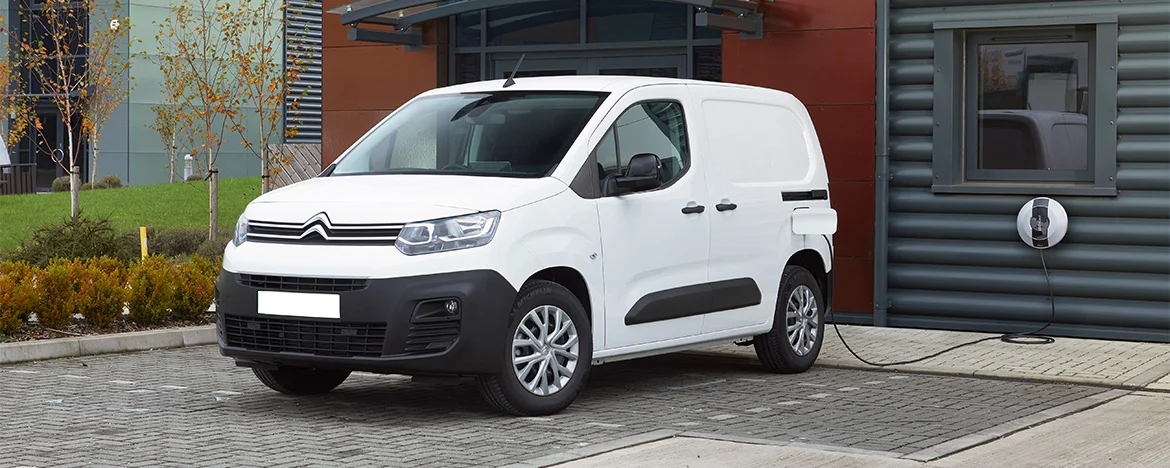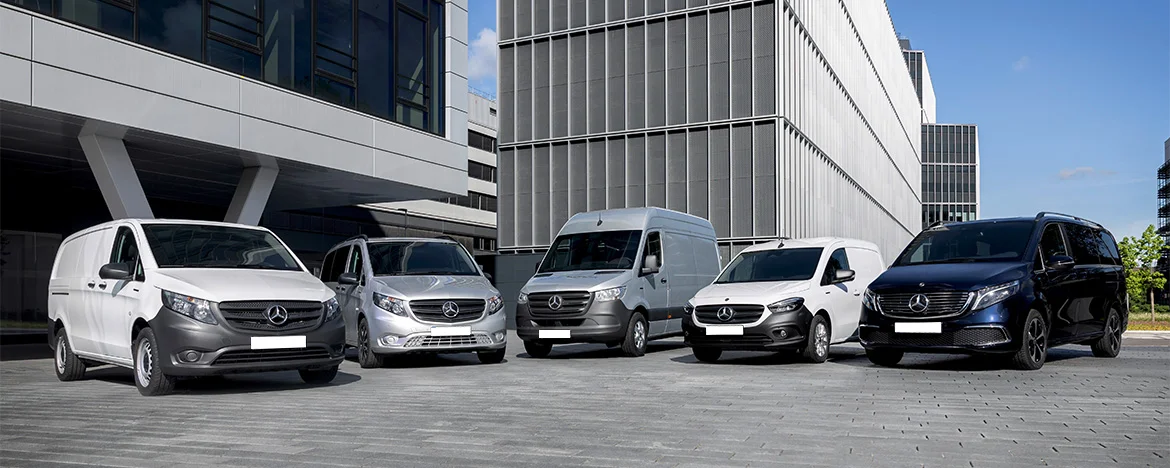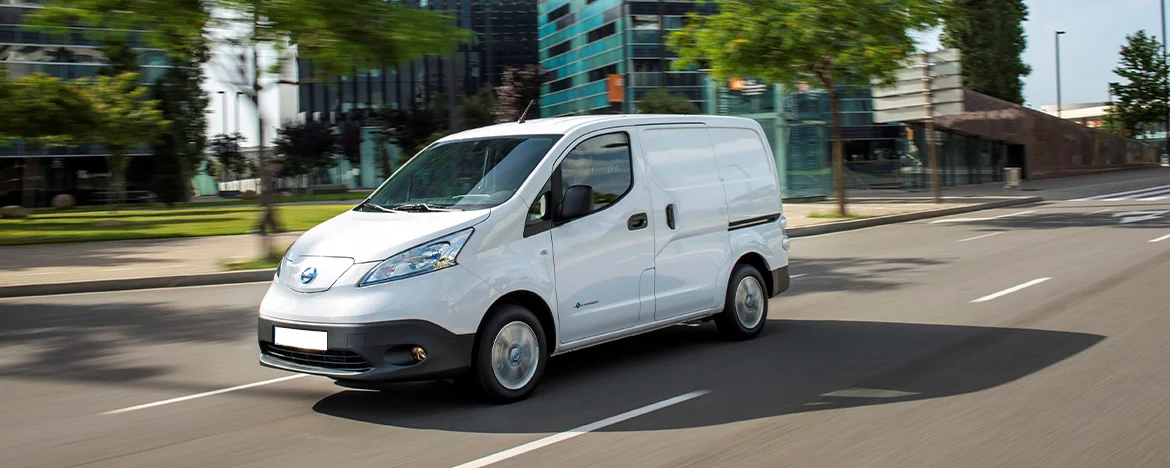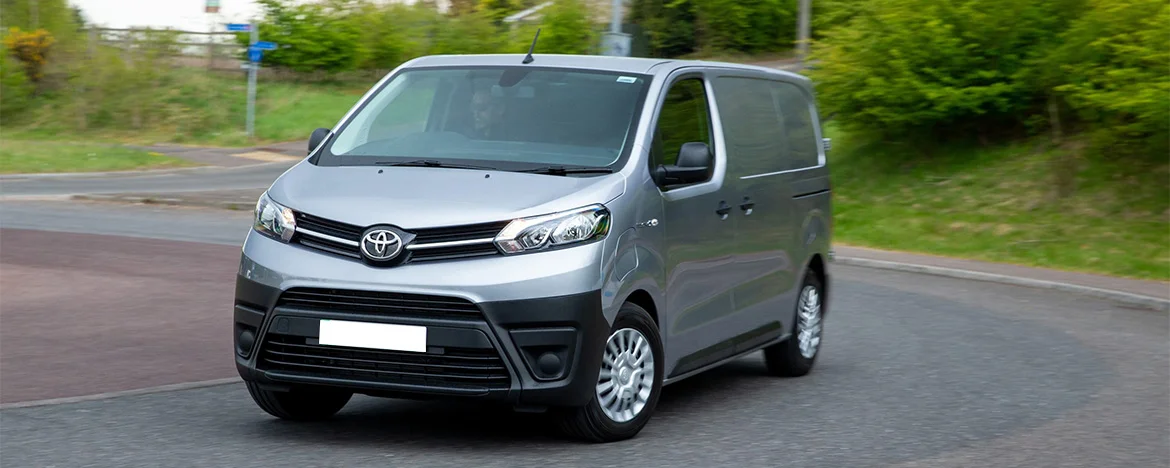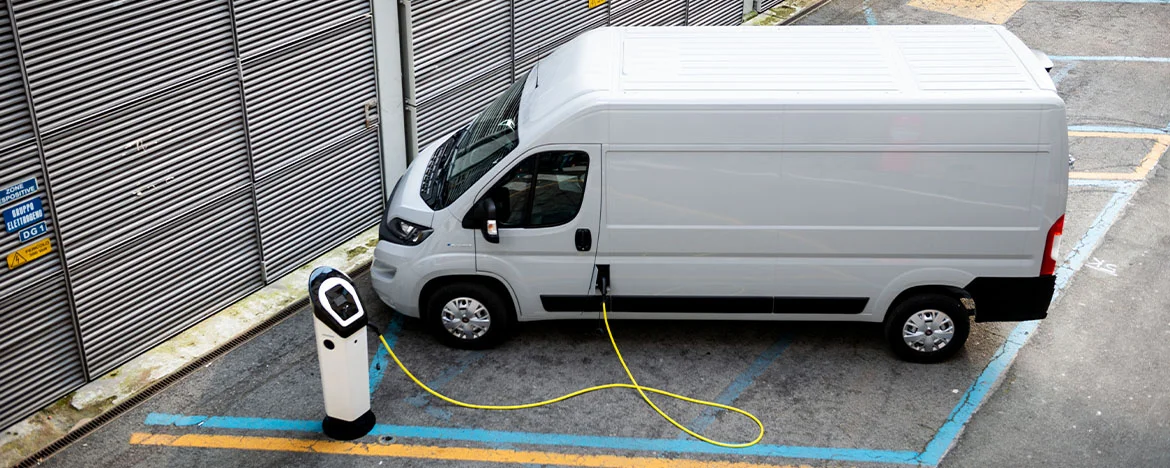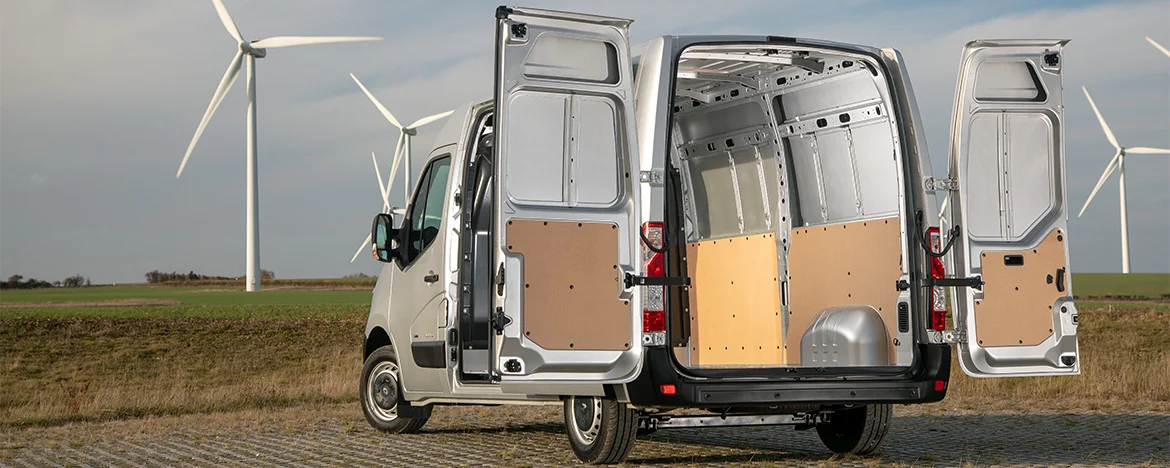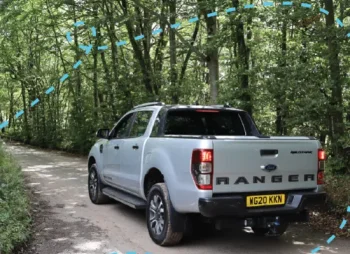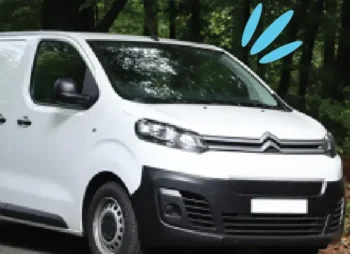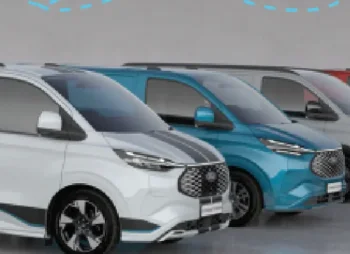The definitive guide to electric van leasing
With the cost of living rising, it’s more important than ever that your van works for you, not against you.
Though the electric van market has taken a little longer to get going, it’s exploded over the past few years, with all the major manufacturers now offering at least one commercial EV option. And while most of these are electrified versions of combustion engine models, the technology is ever improving and many brands – including Tesla – are starting to manufacture electric vans that have been designed to be electric vans.
This means that switching to electric isn’t just limited to last-mile delivery companies in major cities, who have been the major target of van electrification so far.
An electric van lease is now a viable option for any business that can comfortably drive within the range limitations and charge the van overnight – which means that even if you’re a rural company, you don’t have to write off the electric option completely.
For delivery companies and businesses clocking up some serious mileage, electric van tech still has further to go.
But with the way the world is changing, switching to an electric van is something that many businesses will have to consider over the coming years.
In this guide, we’re throwing open the doors to the daunting world of electrification and breaking down everything you need to know about leasing an electric van.

